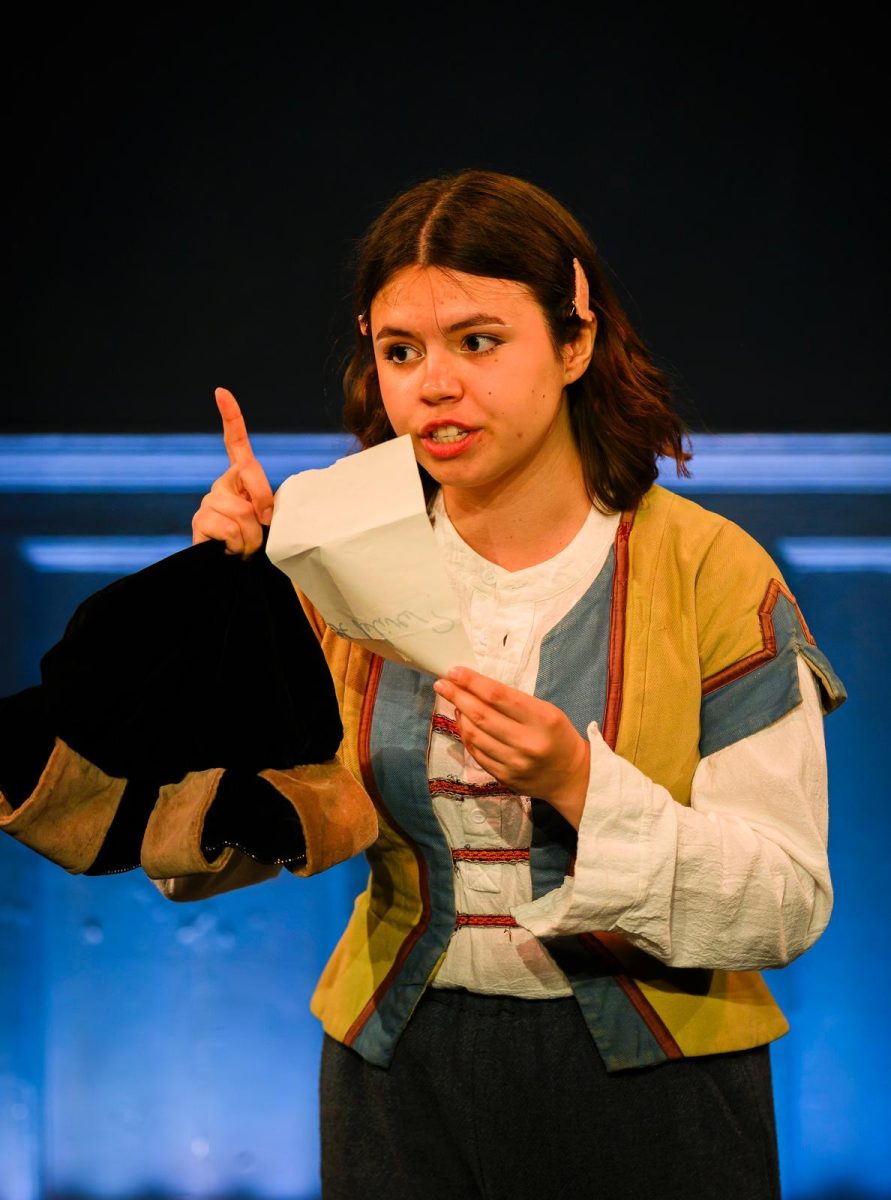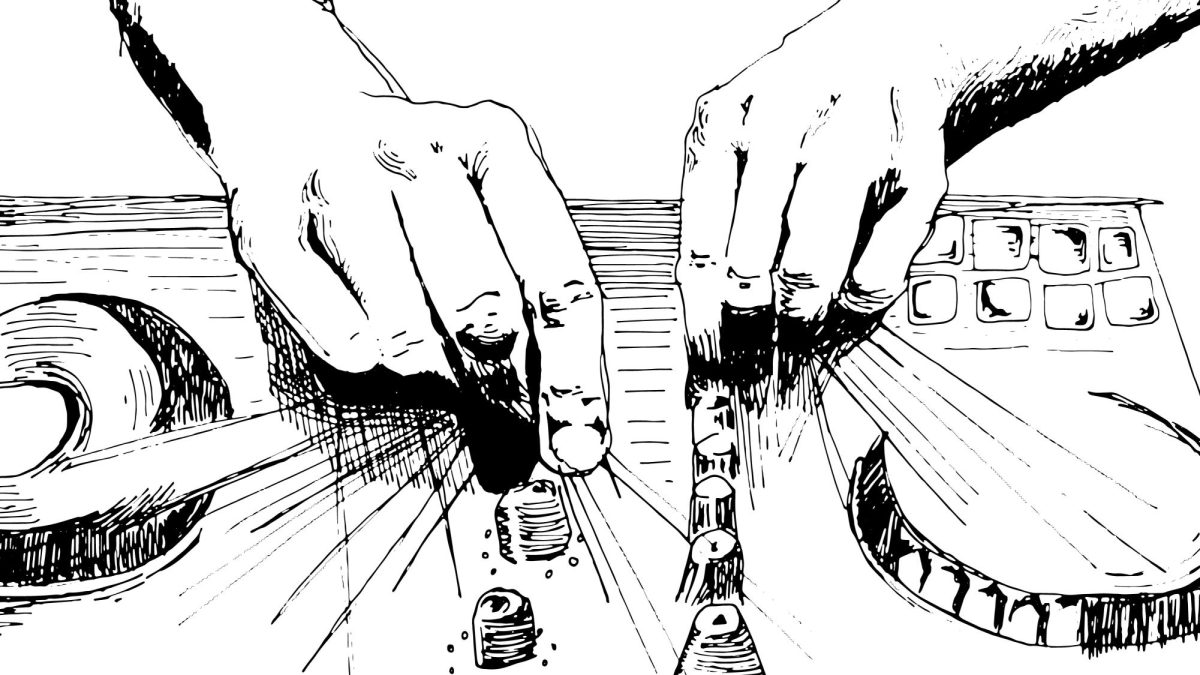
I was a freshman in high school when my family finally smashed its piggy bank of hoarded travel miles and saved income to spend the month of December in Rome. We got to our apartment — perfectly placed between the Tiber River and the Piazza Navona — on a chilly morning. The apartment building was just off the iconic Via Giulia, a street that has pierced through the city like a kilometer-long arrow since the Renaissance, and we immediately headed down its cobblestones to find some coffee. On the way, we each took a requisite photo for Instagram.
I don’t think it’s too far-fetched to say that these days, documenting travel experiences on social media is prioritized almost as highly as obtaining the sustenance needed to travel in the first place. My family had just landed in Rome, we were exhausted and disoriented, but even before we bought our coffee we snapped photos and mustered the brainpower to write entertaining captions for them. And who hasn’t been irked by that one friend who makes everyone wait at restaurants so they can photograph their meal before eating it? Travel can split the life of the traveler into two planes: one that is embodied, experienced, where the traveler is eating the food and shivering in the cold, and one that is packaged and sent home, where the traveler curates a narrative for others that invites vicarious enjoyment and wistful jealousy at the same time.
Especially in this time of hyper-connectedness, the question for the traveler is how to negotiate both planes given that they are pretty mutually exclusive ways of being. Do you keep that glorious Icelandic sunrise to yourself when you accidentally wake up to it, or do you sweat over documenting it on your subpar iPhone camera to rack up the likes on Instagram?
None of the artists in the Clark Art Institute’s new exhibition Travels on Paper had Instagram, or iPhones, or commercial plane travel, but the same impulses that dictate our use of these modern amenities come through in the sketches, drawings and photographs that will be on display in the exhibit until Feb. 9, 2020. Many of the images come from the 19th century, and they exclusively come from American and European male artists. But mostly they come from travel, on foot or by boat or via photographic van of the kind depicted in Roger Fenton’s famous 1855 photograph. In many of the works, the artists pursue unfamiliarity (revealing of their Eurocentric context); their revelation is apparent, imbuing the pieces with vulnerability, which powerfully allows the viewer into the image to see alongside the artist, to search with him, person to person. Assumptions, fantasies and power dynamics dwell in these pieces across the board, crucial but rarely dominating, and always thought-provoking. And, of course, the audience lingers behind each work and raises questions about artists’ narratives, purposes and aesthetic visions.
“Something about travel seems to go hand in hand with image-making,” so muses the first line of the curatorial statement that greets visitors when they enter Travels on Paper. Anne Leonard, the Clark’s Manton Curator of Prints, Drawings and Photographs, echoed this notion in her opening lecture for the exhibition on Sunday, acknowledging that “ours is the age of Instagram-able travel,” but stressing that the underlying phenomenon behind this craze is nothing new: globe-trotters have always loved sharing about their adventures.
The particular mode of sharing is where things can get interesting, especially in the exhibit. In her talk, Leonard juxtaposed two images from Travels that depicted the Roman Colosseum, one a 1758 sketch by Jean-Honoré Fragonard entitled “The Hermit’s Court in the Colosseum,” and the other a photograph by Robert Macpherson from about 1857, “Colosseum, Rome.” Fragonard’s sketch renders a dilapidated corner of the building with strong, satisfying chalk strokes and a sense of secret wonder. His sketch, so clearly the act of a newcomer forging a unique relationship with a place whose marvel familiarity has not yet blunted for him, grants its audience a moving intimacy with Rome, and with the artist as a traveler.
On the other hand, Macpherson’s photograph seems about as conventional as you can get. It’s taken from a nearby hill to capture the entire Colosseum, which is immediately recognizable with its tooth-like windows and the iconic 120-degree angle of the collapsed wall that distinguish the building’s north side. The image is lovely, but so is every other good photo of the Colosseum; the building has a striking beauty as both a feat of architecture and a ruin that does a lot of the work for the photographer. So while Macpherson’s photograph might draw tourists to Rome to goggle at this marvel of antiquity, what more is it doing as art? What new way of seeing and experiencing is it opening up for the vicarious traveler?
That is what, it seems to me, much of the value of travel images can impart. Art, in general, has the ability to provide us with new ways of seeing and feeling the world and to awaken us to the ways we ourselves always were but never quite understood or realized. Travel can do the same thing; when we bust out of our humdrum routines into an unknown world, the potential for radical personal growth, for shifts in perspective, for profound internal and external discovery, is all before us. Moving travel images can combine the power of art with that of travel in a unique way because it does not separate the artist’s experience from their creative process. We are invited in with them on their journey, in all of its dimensions.
So perhaps there is something noble in the end about laboring over that perfect shot of the 3 a.m. Icelandic sunset. In working to convey that image thoughtfully you are exploring your foreignness and the wonder it affords you constantly. It’s a way of engaging with your capacity for awe that can completely open you up, and maybe some other people, too. I still remember that photo I took that first morning on Via Giulia. The buildings on either side are dark, and a patch of cobblestones is illuminated on the ground, the brighter sections glittering like scattered gold coins. Up above, some sun rays reach over a roof in a glorious rainbow fan.







